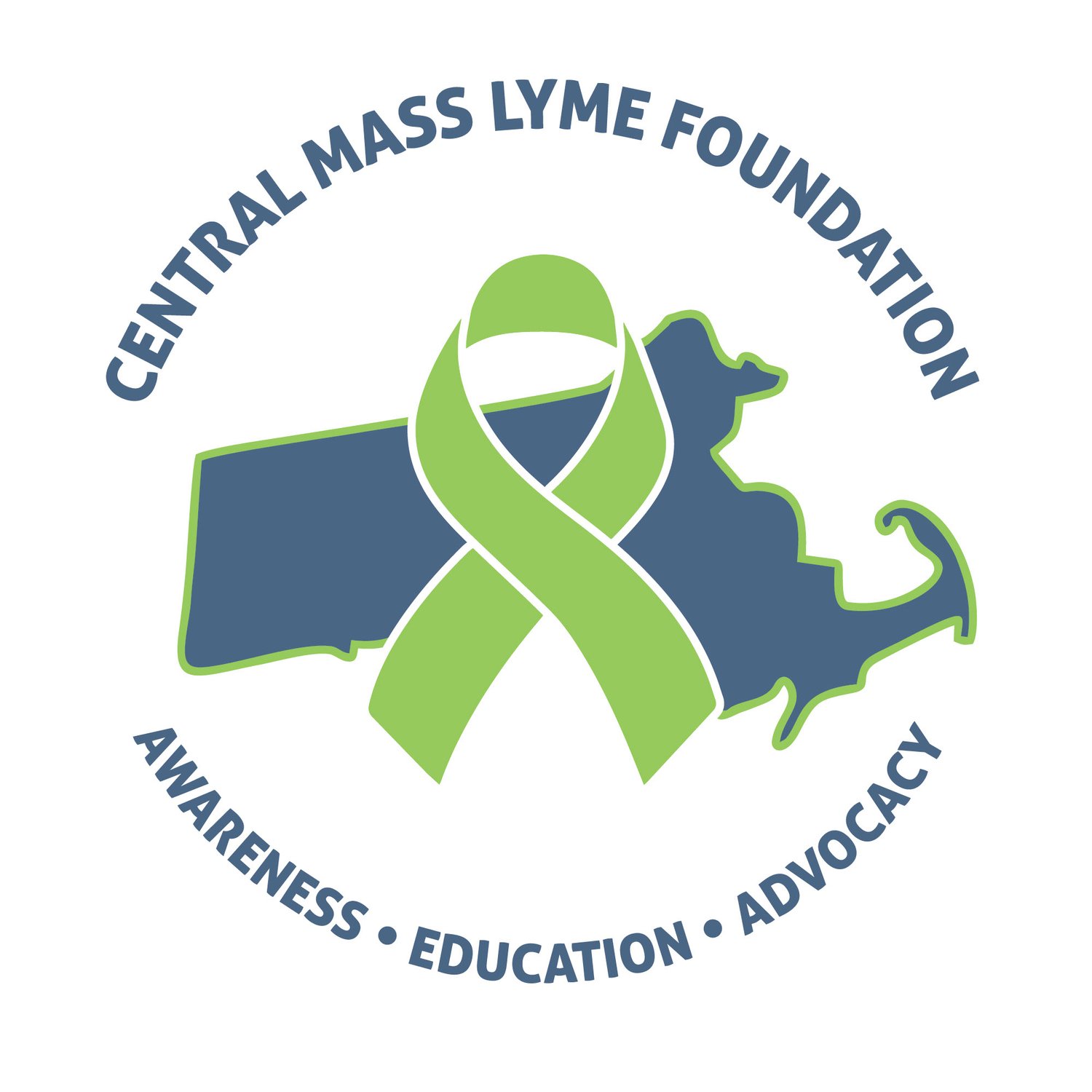
About Lyme Disease
What is Lyme Disease?
Lyme disease is caused by the bacterium Borrelia burgdorferi and is transmitted to humans through the bite of infected ticks, fleas and possibly by mosquitoes. Typical symptoms include fever, headache, fatigue, and a characteristic skin rash called erythema migrant, most commonly known as the “bull’s eye rash”. Many do not get the bull’s eye rash. If left untreated, infection can spread to joints, the heart, and the nervous system. Lyme disease is diagnosed based on symptoms and/or physical findings (e.g., rash). Laboratory testing is helpful if used correctly and performed with validated methods. Most cases of Lyme disease can be treated successfully with a few weeks of antibiotics if caught early. Steps to prevent Lyme disease may include using natural insect repellent, removing ticks promptly and getting them tested, using preventative measures to try and reduce tick habitat. Our mission is to educate others about the seriousness of this disease. Please seek out a lyme literate physician if you have experienced any unusual symptoms and/or have tested negative for Lyme disease in the past.
Lyme disease is diagnosed based on:
Signs and symptoms
A history of possible exposure to infected ticks, fleas and possibly mosquitoes
Laboratory blood tests are helpful if used correctly and performed with validated methods. Laboratory tests are not recommended for patients who do not have symptoms typical of Lyme disease. Just as it is important to correctly diagnose Lyme disease when a patient has it, it is important to avoid misdiagnosis and treatment of Lyme disease when the true cause of the illness is something else.
“Signs and Symptoms of Untreated Lyme Disease”
Untreated Lyme disease can produce a wide range of symptoms, depending on the stage of infection. These include fever, rash, facial paralysis, and arthritis. Seek medical attention if you observe any of these symptoms and have had a tick bite, live in an area known for Lyme disease, or have recently traveled to an area where Lyme disease occurs.
Early Signs and Symptoms (3 to 30 days after tick bite)
Fever, chills, headache, fatigue, muscle and joint aches, and swollen lymph nodes
Erythema migrans (EM) rash:
Occurs very rarely but mostly in children or young adolescents
Begins at the site of a tick bite after a delay of 3 to 30 days (average is about 7 days)
Expands gradually over a period of days reaching up to 12 inches or more (30 cm) across
May feel warm to the touch but is rarely itchy or painful
Sometimes clears as it enlarges, resulting in a target or “bull’s-eye” appearance
May appear on any area of the body
Later Signs and Symptoms (days to months after tick bite)
Severe headaches and neck stiffness
Additional EM rashes on other areas of the body
Arthritis with severe joint pain and swelling, particularly the knees and other large joints.
Facial palsy (loss of muscle tone or droop on one or both sides of the face)
Intermittent pain in tendons, muscles, joints, and bones
Heart palpitations or an irregular heart beat (Lyme carditis)
Episodes of dizziness or shortness of breath
Inflammation of the brain and spinal cord
Nerve pain
Shooting pains, numbness, or tingling in the hands or feet
Problems with short-term memory
Patients treated with appropriate antibiotics in the early stages of Lyme disease usually recover rapidly and completely. Antibiotics commonly used for oral treatment include doxycycline, amoxicillin, or cefuroxime axetil. Patients with certain neurological or cardiac forms of illness may require intravenous treatment with drugs such as ceftriaxone or penicillin.
For more information on Lyme disease, you can click the button below to visit the LymeDisease.org website.
For detailed recommendations on treatment, consult the guidelines for treatment developed by the International Lyme and Associated Disease Society or the Central Mass Lyme Foundation, Inc. Please seek the advice of a Lyme literate physician.

